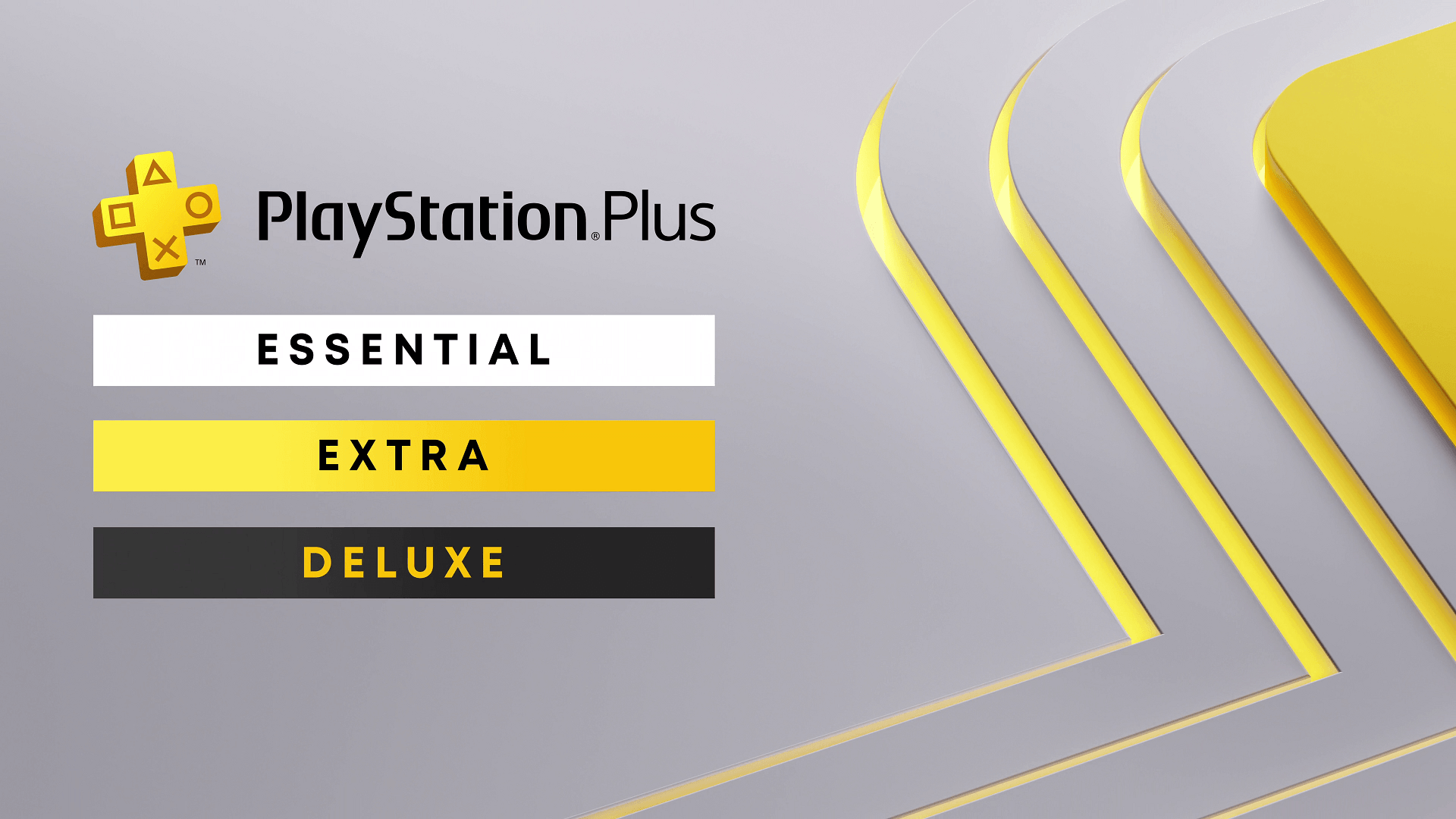In the vast and ever-evolving landscape of digital creativity, one software stands as an undisputed titan: Adobe Photoshop, affectionately known as PS. From professional photographers and graphic designers to hobbyists looking to enhance their personal memories, PS is the go-to tool for transforming visions into stunning visual realities. Yet, for many, this powerful application can seem like a daunting labyrinth of menus, tools, and options. You might have seen PS mentioned everywhere, but wondered, "What exactly is it for?" This comprehensive guide aims to demystify PS, breaking down its core functionalities, guiding you through its acquisition, and offering practical solutions to common challenges, ensuring you can harness its incredible potential with confidence.
Whether you're just starting your creative journey or looking to refine your existing skills, understanding the nuances of PS is crucial. We'll explore everything from its fundamental interface elements to advanced features like AI-powered filters, providing insights that will empower you to navigate this complex yet indispensable software. By the end of this article, you'll have a clearer picture of what PS can do, how to make it work for you, and how to troubleshoot common issues that might arise along the way.
Table of Contents
- Understanding PS: More Than Just Photo Editing
- Navigating the PS Interface: Your Creative Command Center
- Getting Started: Acquiring and Installing Genuine PS
- Core PS Functionalities: The Building Blocks of Digital Art
- PS Beyond Photography: Integration with the Adobe Ecosystem
- Troubleshooting Common PS Issues: Smooth Sailing for Your Workflow
- Advanced PS Techniques and Tips for Efficiency
- The Future of PS: AI and Beyond
Understanding PS: More Than Just Photo Editing
At its heart, PS, or Adobe Photoshop, is the world's leading raster graphics editor. While its name might suggest a primary focus on "photo shopping" or image manipulation, its capabilities extend far beyond simple photo retouching. PS is a versatile powerhouse used across a multitude of creative disciplines, including graphic design, web design, UI/UX design, digital painting, 3D rendering, and even video editing for certain effects. It allows users to create, enhance, or otherwise manipulate images, graphics, and text with unparalleled precision and control. From crafting intricate digital illustrations to designing compelling marketing materials, the applications of PS are virtually limitless. It's the essential tool for anyone working with digital imagery, providing the foundation for countless visual projects.
Navigating the PS Interface: Your Creative Command Center
When you first open PS, the interface might seem overwhelming, but it's logically organized to facilitate your creative workflow. The very top of the application window houses the **Menu Bar**. This crucial element contains eleven main categories: File, Edit, Image, Layer, Type, Select, Filter, 3D, View, Window, and Help. Each of these menus contains a vast array of commands and options that govern every aspect of your work. For instance, the "File" menu handles opening, saving, and exporting your projects, while "Layer" is where you manage the individual components of your image. Understanding the general purpose of each menu item is the first step to mastering PS.
Below the Menu Bar, you'll find the Options Bar, which changes dynamically based on the tool you've selected from the Tools panel (typically on the left side). On the right, various panels (like Layers, Properties, Adjustments, History) provide quick access to specific functions and information, allowing you to fine-tune your creations. Learning to efficiently navigate and customize this interface is key to a smooth and productive experience with PS.
Getting Started: Acquiring and Installing Genuine PS
One of the most common questions newcomers have is how to get their hands on PS. While there might be various unofficial sources online, the safest, most reliable, and ultimately most beneficial way to acquire PS is directly from Adobe. Using genuine software ensures you receive all updates, security patches, and access to Adobe's support, which is crucial for a stable and efficient creative process.
The Official Adobe Way: Creative Cloud
Adobe has transitioned to a subscription-based model through its Creative Cloud platform. This means that while you don't "buy" PS outright as a one-time purchase anymore, you subscribe to it, often as part of a bundle with other Adobe applications. The process for downloading and installing genuine PS is straightforward, but it has a specific flow: you cannot directly download PS as a standalone installer from the Adobe website. Instead, you must first download and install the **Creative Cloud desktop application**.
This Creative Cloud app acts as a central hub for all your Adobe subscriptions. Once installed, you'll use it to browse, download, and manage all your Adobe applications, including Photoshop. It handles updates, syncs your creative assets, and provides access to fonts and other resources. This integrated approach ensures that your software is always up-to-date and seamlessly connected within the Adobe ecosystem.
Choosing the Right PS Version for You
Adobe releases new versions of PS annually, often adding new features, improving performance, and refining existing tools. While newer versions tend to be more "human-friendly" and packed with advanced functionalities (like the impressive Neural Filters in PS 2024), the core functionalities that make PS so powerful remain consistent across many versions. This means that if you learned on an older version like PS CS6, many of those fundamental skills are still highly relevant in the latest iterations.
When deciding which version to use, the most critical factor is your computer's specifications. You should "choose a version that matches your computer's performance." If your computer generally runs smoothly with other demanding applications, it's likely to handle the latest PS version without significant issues. However, if your machine is older or has limited RAM, opting for a slightly older but still robust version might provide a more fluid and less frustrating experience. The goal is to ensure PS "can run smoothly" on your system, preventing frustrating lags or crashes that can disrupt your creative flow.
Core PS Functionalities: The Building Blocks of Digital Art
Understanding the fundamental functionalities of PS is paramount to leveraging its power. Here are some of the building blocks:
- **Layers:** Layers are arguably the most crucial concept in PS. They allow you to work on individual elements of your image independently without affecting other parts. For instance, to adjust the opacity of a JPG image, you would "copy the layer → hide the original layer → select the copy layer → directly adjust the opacity value." This non-destructive approach means you can experiment freely, knowing you can always revert or modify specific elements without redoing your entire project. When saving, especially for web or final output, you'll often need to save as a flattened image (like JPG), but always keep your layered PSD file for future edits.
- **Filters:** PS boasts an extensive collection of filters that can dramatically alter the appearance of your images. Modern versions, like PS 2024, have revolutionized this with **Neural Filters**. These AI-powered filters offer incredibly advanced capabilities, such as "face slimming, skin smoothing, person expression control, black and white photo colorization, landscape blending, and color transfer." These features allow for complex edits with remarkable ease, pushing the boundaries of what's possible in image manipulation.
- **Text and Fonts:** PS is also a capable text editor, allowing you to add, format, and style text within your designs. While adding fonts to your system generally makes them available in PS, sometimes issues arise. For example, some users report that a font like "WeChat Sans" might display in Word but not in PS. This can often be resolved by restarting PS after font installation, clearing font caches, or ensuring the font file is correctly installed in your system's font directory. PS relies on the operating system's font management, so ensuring it's properly registered there is key.
- **Image Adjustments:** Beyond layers and filters, PS offers a comprehensive suite of tools for adjusting image properties like brightness, contrast, color balance, saturation, and more. These adjustments can be applied non-destructively through adjustment layers, giving you maximum flexibility.
PS Beyond Photography: Integration with the Adobe Ecosystem
While PS excels at image manipulation, it's also a cornerstone of the broader Adobe Creative Cloud ecosystem. Adobe's suite of software is designed to be complementary, with each application specializing in different aspects of creative work. As often stated, "PS and Ai are for graphic design, while Ae, Pr, and Au are for video post-production." This highlights the distinct yet interconnected roles of these powerful tools.
PS works seamlessly with Adobe Illustrator (Ai), Adobe's vector graphics editor. This integration is crucial for many designers. For instance, you can "directly open PSD files" in Ai. When doing so, you can "choose to convert layers to objects." This allows "vector shapes, paths, and text (without layer styles)" to remain editable in Ai, preserving their scalability and crispness. However, "layers with layer styles or filters will merge into bitmap layers" in Ai, meaning they won't be editable as vectors. Understanding this distinction is vital for a smooth workflow between raster (PS) and vector (Ai) environments.
Beyond Illustrator, PS plays a role in web design (creating mockups and assets), UI/UX design (prototyping interfaces), and even digital painting (with its robust brush engine). Its ability to handle various file formats and integrate with other specialized tools makes it an indispensable asset in almost any digital creative pipeline.
Troubleshooting Common PS Issues: Smooth Sailing for Your Workflow
Even with its robustness, PS can sometimes encounter hiccups. Knowing how to troubleshoot common problems can save you a lot of frustration and keep your creative process flowing. One frequently encountered issue is the error message: "PS cannot complete the request because of a program error." This generic message can stem from several causes:
- **Scratch Disk Full:** PS uses a "scratch disk" (temporary storage on your hard drive) for processing large files. If this disk is full, the program can't operate. Clearing space or assigning a different drive as a scratch disk often resolves this.
- **Corrupted Preferences:** PS preference files can sometimes become corrupted. Resetting them (usually by holding specific keys during startup) can often fix erratic behavior.
- **Outdated Drivers:** Graphics card drivers, in particular, need to be up-to-date for PS to function optimally. An outdated driver can lead to performance issues or errors.
- **Insufficient RAM:** PS is a memory-intensive application. If your computer doesn't have enough RAM, especially when working with large files or many layers, it can lead to crashes or the "program error" message.
Another common concern is "slow performance" or the software "getting stuck." As mentioned, "performance good computer runs fast," implying that hardware plays a significant role. If your computer "is usually smooth," but PS is lagging, consider:
- **Allocating More RAM to PS:** You can adjust PS's performance settings to allocate more of your system's RAM to the application.
- **Clearing Caches:** PS accumulates various caches that can slow it down over time.
- **Updating Drivers and Software:** Always ensure your operating system and graphics drivers are current.
- **Simplifying Your Workflow:** Close unnecessary applications, flatten layers when possible (after saving a layered version), and work with smaller file sizes if feasible.
Regarding RAW file processing, it's noted that "PS currently still needs to be converted to TIFF to process" RAW files directly within the main PS interface (as of PS 2020 CC, though newer versions have improved integration). This highlights the role of **Adobe Camera Raw (ACR)**. ACR is a powerful plugin that opens automatically when you open a RAW file in PS. It allows for extensive non-destructive adjustments to RAW images before they are passed into PS for further refinement. The concern about "if I use ACR first to adjust color, then refine in PS, then feel the tone needs fine-tuning before output, then re-import into ACR and find previous parameters" points to a workflow consideration: ACR adjustments are stored as metadata, so if you save the RAW file (or a DNG copy) after ACR edits, those parameters should be retained upon re-opening in ACR. If you save as a TIFF or JPG, those edits are "baked in," and subsequent re-imports to ACR won't show the original RAW parameters, but rather the TIFF/JPG data.
Advanced PS Techniques and Tips for Efficiency
Once you've grasped the basics, exploring more advanced techniques can significantly boost your efficiency and creative output in PS:
- **Adjusting PS Default Background Color:** Many users stick to the default dark gray background, but you can easily customize it. To quickly change the background color to your current foreground color, select the Paint Bucket tool and "hold Shift while clicking the background." To revert to the default, simply right-click on the background and choose "Default." This small customization can sometimes improve visual comfort depending on your project's color palette.
- **Batch Processing and Exporting:** For photographers or designers dealing with numerous images, batch processing is a lifesaver. PS allows you to automate tasks across multiple files. You can "select the corresponding folder (containing PS files to be processed/exported)," then set your export preferences, such as "store in the same location" or "save as" a new location, and define the "file type storage" based on your needs. Initiating the "start running" process "will be slower, but a computer with good performance will run very quickly," underscoring the importance of hardware for large-scale automation.
- **Non-Destructive Image Bending/Warping:** A common query is "how to bend part of an image without affecting other areas." PS offers several powerful tools for this:
- **Warp Tool:** Part of the Free Transform tool, it allows you to bend and distort selected areas.
- **Puppet Warp:** This incredibly versatile tool lets you pin down parts of an image and then "bend" other sections by moving pins, ideal for subtle posture adjustments or creative distortions.
- **Liquify Filter:** A dedicated workspace for pushing, pulling, rotating, and distorting pixels, often used for subtle facial adjustments or creating fluid effects.
- **Content-Aware Scale:** This intelligent tool allows you to resize an image while preserving important content, often useful for fitting images into new aspect ratios without distorting key subjects.
The Future of PS: AI and Beyond
The evolution of PS is continuous, with Adobe consistently pushing the boundaries of what's possible in digital image manipulation. The introduction of **Neural Filters** in versions like PS 2024 is a clear indicator of this trajectory. These AI-powered features are not just gimmicks; they represent a significant leap in efficiency and creative potential, automating complex tasks that once required meticulous manual effort. Features like "face slimming, skin smoothing, person expression control, black and white photo colorization, landscape blending, and color transfer" leverage machine learning to deliver sophisticated results with minimal input.
As AI technology advances, we can expect PS to become even more intuitive and powerful, democratizing advanced editing techniques for a wider audience while simultaneously empowering professionals with tools that streamline their workflows. The future of PS lies in even deeper integration of AI, cloud-based collaboration, and perhaps even more seamless interoperability with 3D and immersive technologies. The core mission remains the same: to provide the ultimate toolkit for anyone looking to create, enhance, and transform visual content in the digital realm.
In conclusion, PS is far more than just a photo editor; it's a comprehensive digital art studio. By understanding its interface, mastering its core functionalities, and learning to troubleshoot common issues, you unlock a world of creative possibilities. From the simple act of adjusting opacity to the complex application of AI-powered filters, PS empowers you to bring your visual ideas to life. Don't be intimidated by its depth; instead, embrace the journey of discovery. Start experimenting, practice regularly, and explore the vast resources available online, including communities like Zhihu (知乎) for shared knowledge and solutions. What are you waiting for? Dive into PS and start creating your masterpiece today!



Detail Author:
- Name : Esmeralda Lockman PhD
- Username : filiberto40
- Email : joy48@moore.com
- Birthdate : 2001-01-28
- Address : 1453 Bergstrom Mountains Apt. 837 Lake Mitchel, KS 75096
- Phone : 586-550-3147
- Company : Schneider, Turner and Langosh
- Job : Foreign Language Teacher
- Bio : Autem qui provident adipisci commodi dolor. Ex neque architecto pariatur.
Socials
instagram:
- url : https://instagram.com/rudy2373
- username : rudy2373
- bio : Ducimus autem aperiam enim quam qui dolores alias. Sint magni natus omnis fugiat.
- followers : 6663
- following : 2654
linkedin:
- url : https://linkedin.com/in/rudydibbert
- username : rudydibbert
- bio : Et iure porro et laborum expedita.
- followers : 6509
- following : 532
twitter:
- url : https://twitter.com/rudy5518
- username : rudy5518
- bio : Rerum cupiditate officia iste quaerat vero possimus. Voluptates nisi nam id modi sunt quia. Odio libero qui dolorum.
- followers : 6954
- following : 1025
tiktok:
- url : https://tiktok.com/@rudydibbert
- username : rudydibbert
- bio : Repudiandae sed nisi pariatur et.
- followers : 6528
- following : 2843
facebook:
- url : https://facebook.com/rudy1896
- username : rudy1896
- bio : Et qui architecto et facere. Est consequuntur doloribus saepe eum harum id aut.
- followers : 1792
- following : 2653